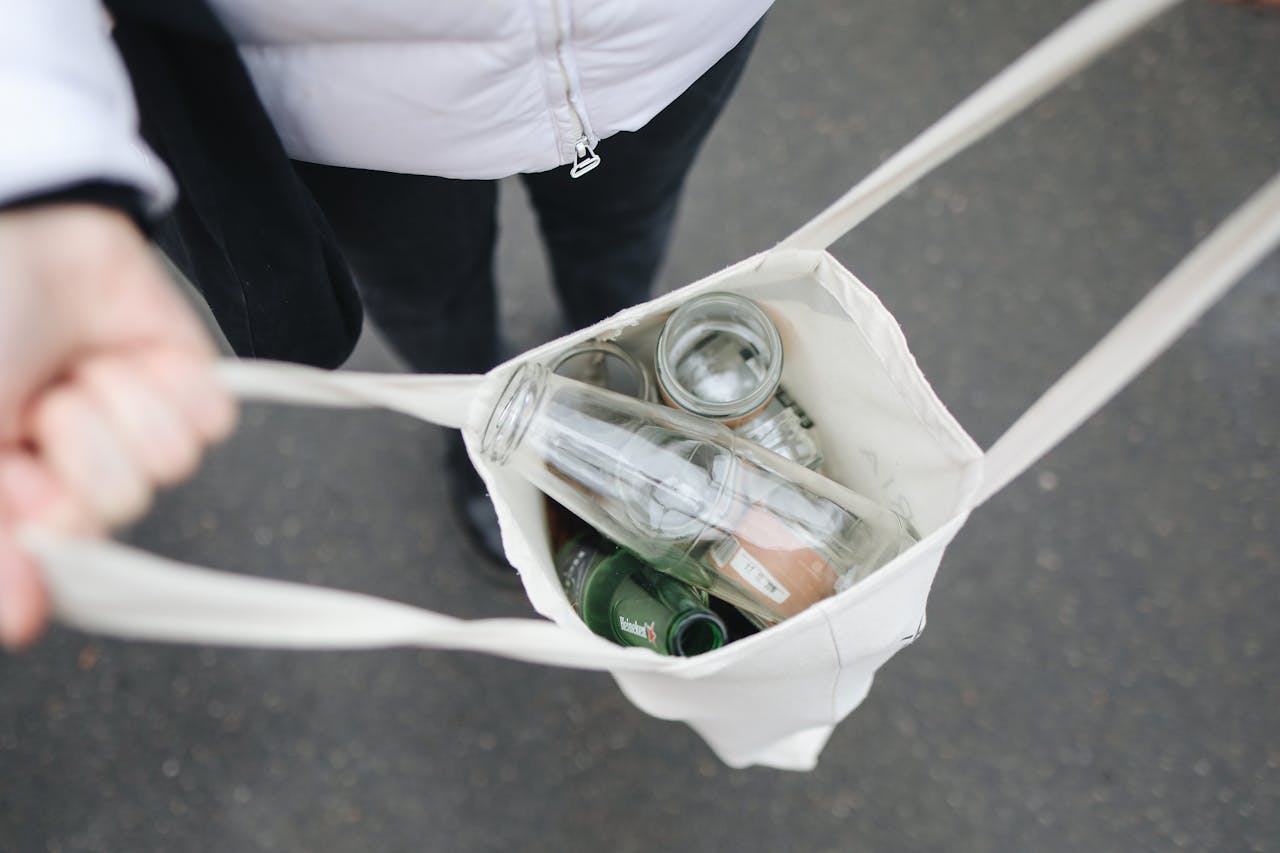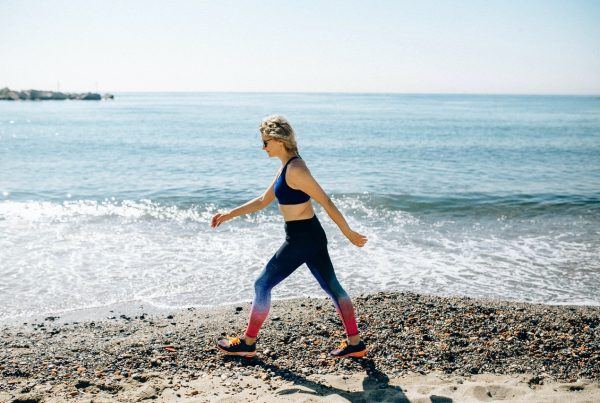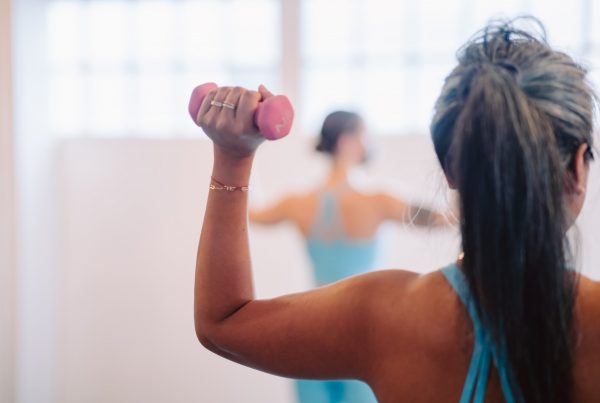As the fight against plastic intensifies, alternatives have come to the market in the form of cute cotton tote bags adorned with environmentally friendly puns, becoming a trend and an aesthetic for social media. Yet the impact of these so-called plastic alternatives is debatable. With that, we chatted to futurist Dr. Lize Barclay, about whether our green habits are truly green.
Green Is Not Always Greener
Dr. Lize Barclay is a Senior Lecturer in Futures Studies and Systems Thinking, from Stellenbosch University Business School. She is a curious practitioner and academic in the context of systems thinking, future studies, regional theory, planning, environmental activist, game designer, storyteller, tech tinkerer, artist, and gamer.
Environmentalism has been a passion of Dr. Barclays, so much so that she started an environmental organization on campus during her university days. Since then, she’s become even more involved with environmental issues, both from a lecturing and activist standpoint.
With that, she’s realized that there’s a gross issue in our perception of what is truly green, especially because going green doesn’t always mean… green,
“Everything has a footprint, everything has an impact, be that solar energy instead of coal or plastic and its alternatives. Various tote bags, plastic straws, all these alternatives that we replace it with and paper straws do have a very bad impact on the environment as well.” – Dr. Lize Barclay
With that, Dr. Barclay emphasizes the importance of systems thinking as it implores us to better understand that everything has a source, and it will eventually end up in a landfill or in our water systems. As such, this is why plastic waste has become such a vital aspect of environmentalism and longevity, as plastic breaks down into nano and microplastics, which end up in our blood.
The Plastic Villain
It may be hard to believe, but plastic hasn’t always been the world’s biggest green villain.
“The plastic bag was developed as a green alternative to deforestation – to horn and ivory use. At that stage, a lot of products were made out of it so there was an incentive for something more durable that could stop environmental pollution.” – Dr. Lize Barclay
Elaborating further, Dr. Barclay says that the plastic bag was also created as an alternative to paper bags. The designer would always have a plastic bag folded up in his pocket, because he believed that people would keep reusing the plastic bag.

Dr. Lize Barclay
Plastic pollution isn’t just unsightly, it’s also dangerous for our health,
“The moment anything we reuse gets back in the soil or in the water, that’s when it starts to degrade and end up in like the central brain barrier and have all these hormonal impacts. The research on the medical impact of nano-microplastics is very reasonable,” explains Dr. Barclay. She adds that the health effects of plastic pollution can be seen in the rate of increase in heart related issues, hormonal disruption, premature perimenopause, as well as a drop in fertility,
“All these things are now being linked in some aspect to microplastics.”
So, what’s the solution to the plastic crisis?
Well, for one, there’s been a growth in biotech companies and laboratories examining how enzymes, mushrooms, and other substances may eat plastic.
However, it will take a lot for those labs to provide a full-scale plan in regard to enzymes that can eat plastic. As such, Dr. Barclay suggests researching the startups working on plastic-eating enzymes, and maybe even sending them donations so that they can bring their plans to scale.
With all that said, climate change concerns aren’t just limited to plastic.
How Sustainable Is Sustainability?
“We are seeing a lot of countries are banning plastics, we are seeing it as a global movement. We are seeing a movement away from plastics to plastic alternatives. However, we have to keep in mind that all of those alternatives do have a footprint, and we have to keep that in mind.”
In the search for sustainable ingredients, cotton is often touted as the go-to ingredient, but Dr. Barclay explains that it’s not that simple,
“The Aral Sea has been very much polluted because of organic cotton production,” explains Dr. Barclay, who adds that social issues like slave labor have been linked to some organic cotton production in certain areas.
Additionally, Dr. Barclay shares that they’ve found that the glue used in paper straws can be toxic for humans, which again reminds us that we should not assume that something is necessarily greener just because it’s been promoted as such.
Essentially, what we’re experiencing is green wishing, where adopt seemingly greener alternatives, but they’re often more villain than hero,
“Take solar, for instance. Every time you get a better solar panel, that goes into a heap, and now there are these massive heaps of solar panels, and all kinds of heavy metals seeping into the soil,” explains Dr. Barclay,
“Greenwishing is where we congratulate ourselves for going green, forgetting that everything has a footprint, everything comes from somewhere, and everything ends up somewhere.”
Conscious Consumerism
Climate change affects all of us.
From the disastrous floods in the Democratic Republic of Congo and Kwazulu-Natal, South Africa, to the almost untamable raging wildfires in the United States. From the sweltering temperatures in Asia, the reality is that we’re all impacted, so why aren’t we thinking greener?
“Many people view environmental consciousness as a luxury. It’s a first world problem and a westernized way of thinking. It’s only when we get to a point where the environment is so damaged that we start thinking about more.”
Dr. Barclay adds that this is followed by consciousness, because that should be at the forefront of consumerism. She adds that if you want to be a conscious consumer, then take fewer steps,
“The less steps between you and something, the more natural one can consider it to be. If you buy from a local community, the steps are smaller, so the impact will be less.”
Walking on the greener side of life
In truly going green, Dr. Barclay explains that it’s all about mindset – “mindset in the shops, and the mindset of each person every time there’s a plastic bag that they throw away.”
Thus, she implores that we educate ourselves about every item, as well as where it comes from.
Thankfully, in your journey for a greener world, you’ll have the assistance of many small-scale businesses that take plastic bags, and turn them into other bags, so that it’s thicker, and much more reusable. Additionally, there are many community organizations that repurpose plastic bags into clothes, and shoes.
1. Embrace The 5Rs
If you’re looking to lead a zero-waste life, then adopting the five Rs would be the way to go.
- Refuse: “Refuse to take more bags, and refuse buying more and more.”
- Reduce: Dr. Barclay advises that you reduce your shopping habits and take stock of your bags, containers, and clothes. Once you’ve done that, then keep what’s necessary and donate the rest.
- Reuse: “I’ve seen on many Facebook groups where people offer plastic bags, and jars and there’s somebody with a business that can reuse it.”
- Repurpose: With repurposing, Dr. Barclay shares that there are available apps that help transport your compost bin to community gardens.
- Recycle: “Make sure it goes to the right recycling place, so that it can be properly recycled.”
“If you keep these five r’s in mind, it should make the process to eventually become a habit and then a lifestyle.”
2. Manage your baggage
Firstly, get used to carrying around one bag, be it in your handbag or backpack, that’s ready to reuse.
“If you have one cotton tote or plastic bag that you can keep reusing, then that’s fantastic. The idea is not to keep buying hundreds of different cotton tote bags.”
Dr. Barclay further explains that many stores are realizing the problem. Stores are open to recycling your tote bags for you, as they don’t want you to create a massive pile of tote bags in your home.
Dr. Barclay recommends that you take stock of all the various bags that are scattered in your car and around the house. Then, organize them in different piles, based on the material they’re made from; cotton, plastic, paper, mushrooms, etc.
“Donate all the plastic bags to non-government organizations that repurpose the bags to make clothes, toys, mats, curtains, and so forth,” explains Dr. Barclay, who adds that you can then take all the other bags that you don’t use on a regular basis, fill them with essentials and donate them to your local shelter.
“One other thing you can do is create artwork from all the various bags and put it in your foyer because then it’s a reminder to yourself about your plastic quota and the importance of a greener lifestyle.”
3. Fast Fashion Faux Pas
Another green villain that needs our attention is fast fashion, with Dr. Barclay sharing that there’s a lot of plastic in fast fashion, and not just in packaging but also in the material itself.
If that’s not enough, our consumerist desire to be ahead of every trend is also killing the planet, and it’s enabling clothing manufacturers and their climate crimes,
“Consumers are speeding up the cycle turnovers. It used to be every three months, and they moved it to six weeks, and now it’s three weeks. If you go to shops and malls, and visit their clothing section, they even have a turnover that’s very fast.”
Dr. Barclay mentions how these clothes are no longer high quality, and that’s because they’re made extremely fast by exploited workers under harrowing conditions. As a result, we really need to reevaluate our relationship with fast fashion.
Admittedly, Dr. Barclay has done so, and she’s become a fan of vintage shopping,
“I’ve forced myself to express my passion for clothing by buying vintage or used clothing, and that helps a lot, because once you start doing it, it moderates your spending habits straight away. Also, some of these vintage stores are so hip, you think you’re walking into a boutique store.”
If you want to better monitor your fashion habits, Dr. Barclay reveals a minimalist plan called the Project 333 Challenge.
With this, you rotate 33 items of clothing for three months, and put the rest of your clothes in storage. Then, after three months, you’re likely tired of your chosen clothes, so you bring the others out, and they seem brand new, because you haven’t seen them in three months.
4. Greenwashing
Greenwashing is the unfortunate instance where companies claim they’re adopting more sustainable practices, yet this couldn’t be further from the truth.
For instance, clothing companies claim they’re repurposing clothes that they encourage you to bring into their stores, but they’ve been found to dump the clothes in less developed African countries, or simply throw them away.
5. Green gaming
As a result of greenwashing, green wishing and green misunderstandings, Dr. Barclay is developing a game that can help us better understand the greener world.
“It should roll out in the beginning of 2026. We want to make it a community-based game, where people can play it, and actually learn from it.”
Watch The Interview
View this post on Instagram



![women [longevity live]](https://longevitylive.com/wp-content/uploads/2020/01/photo-of-women-walking-down-the-street-1116984-100x100.jpg)










